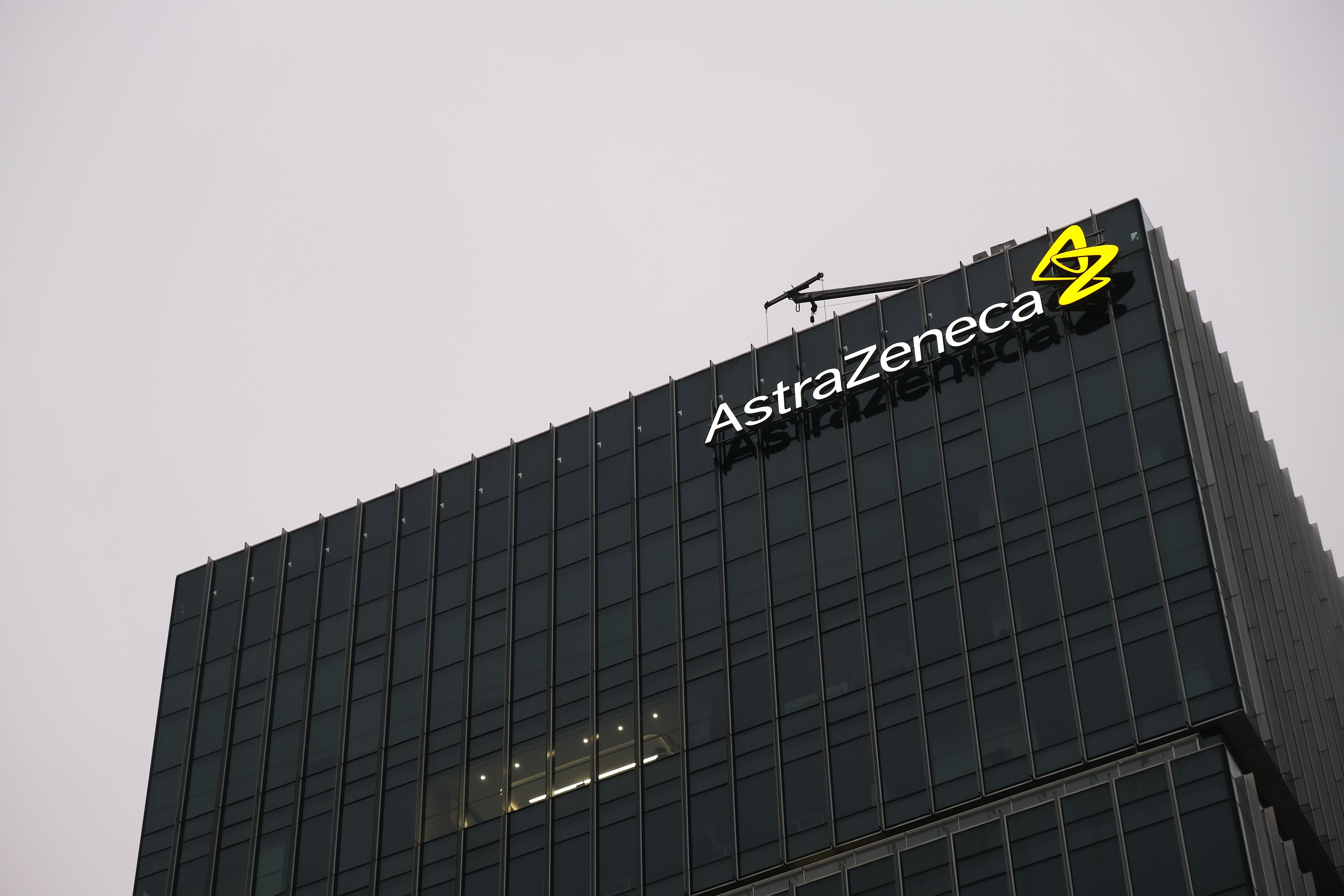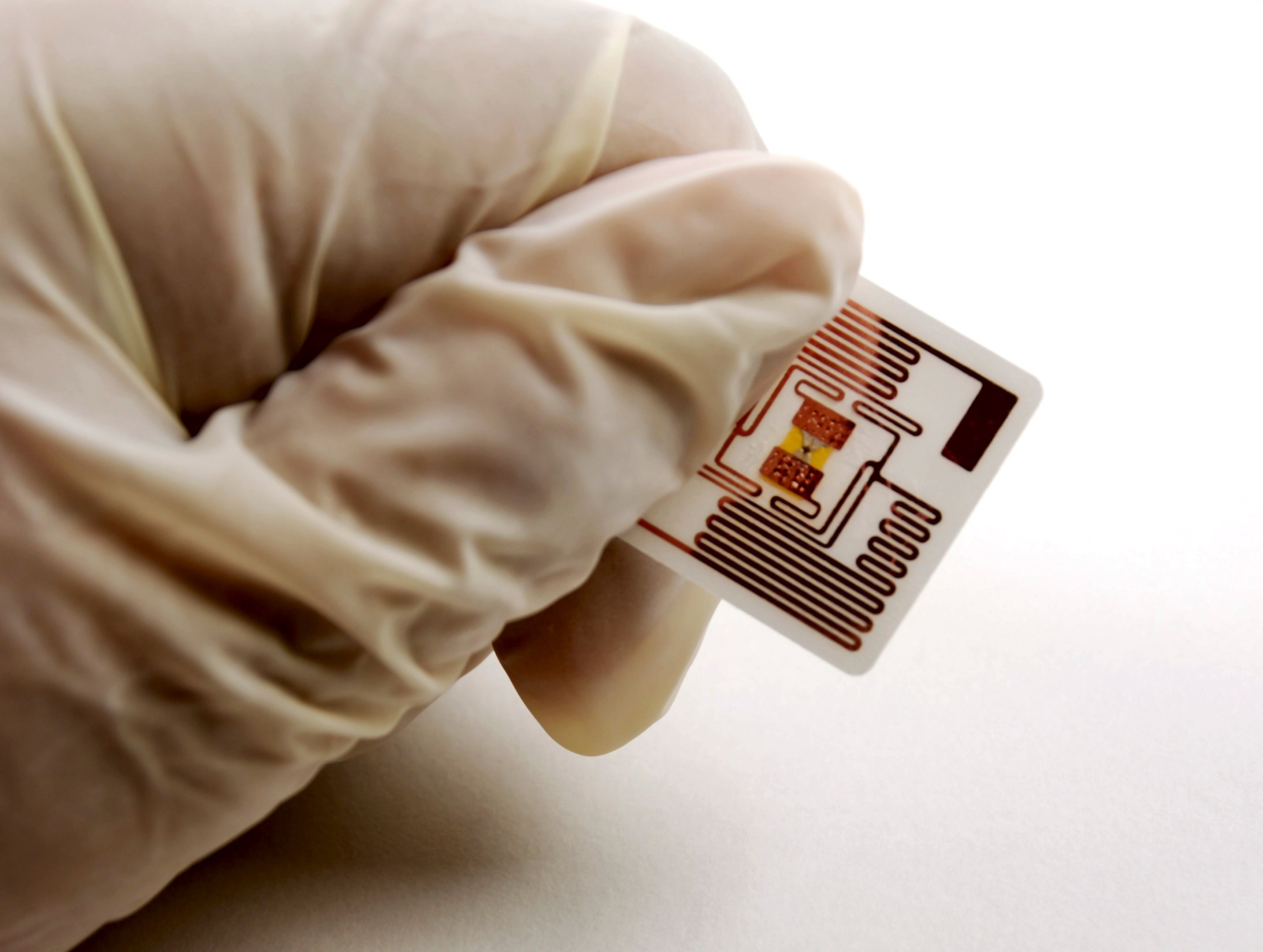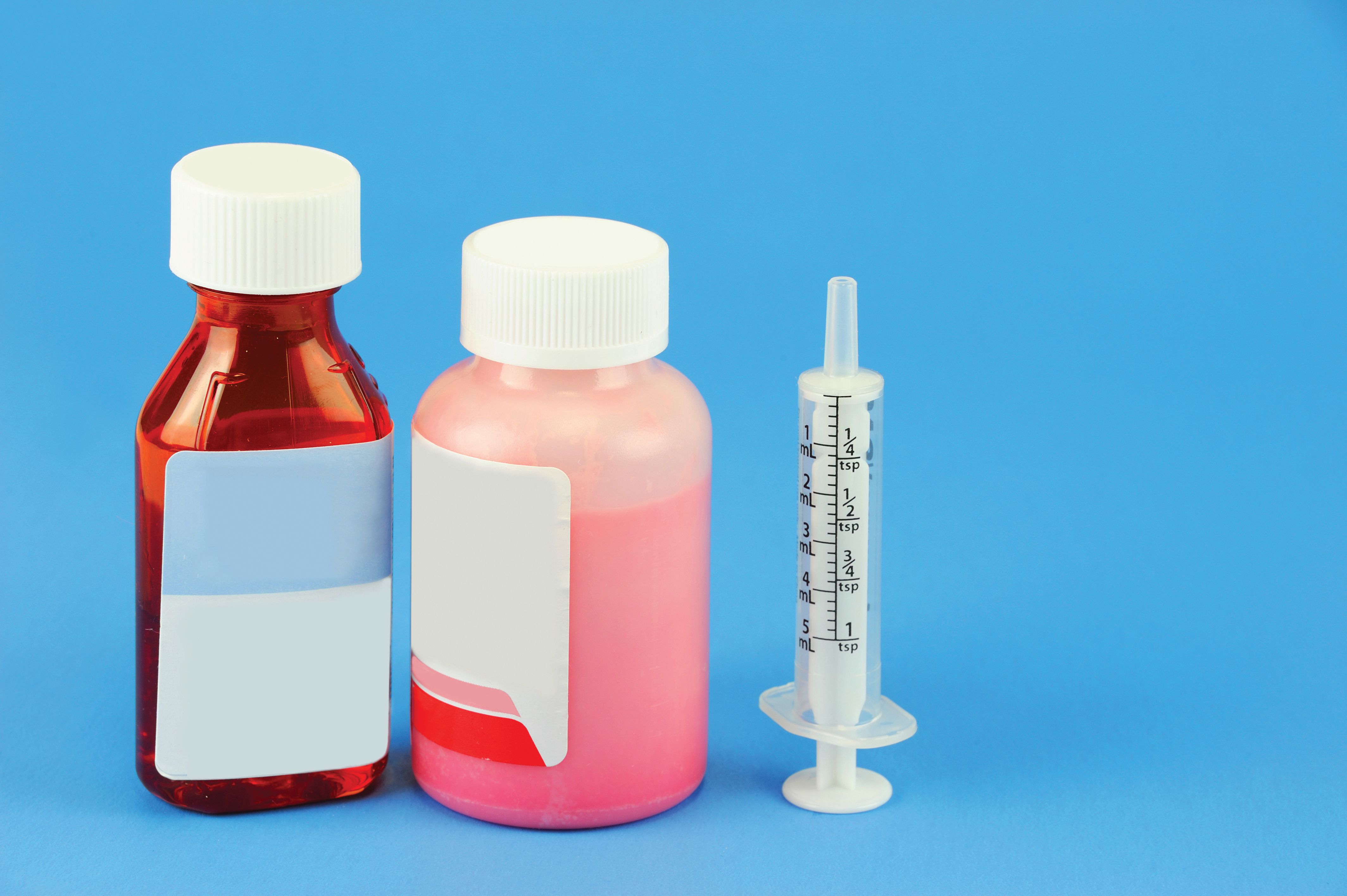Article
Pharmaceutical Technology Europe
Pharmaceutical Technology Europe
Preventive maintenance strategies for the pharmaceutical industry
Author(s):
Maintenance and service-related items are often the second-largest budget element in a laboratory after salaries and benefits. Within maintenance, preventive maintenance (PM) is a substantial portion of the budget. Traditionally, PM was an equipment maintenance philosophy based on replacing, overhauling or remanufacturing a piece of equipment at fixed intervals, regardless of its condition at the time. In essence, it involved fixing something that wasn't necessarily broken and this approach is still widely used in the pharmaceutical industry.
Maintenance and service-related items are often the second-largest budget element in a laboratory after salaries and benefits. Within maintenance, preventive maintenance (PM) is a substantial portion of the budget. Traditionally, PM was an equipment maintenance philosophy based on replacing, overhauling or remanufacturing a piece of equipment at fixed intervals, regardless of its condition at the time. In essence, it involved fixing something that wasn't necessarily broken and this approach is still widely used in the pharmaceutical industry.
The typical rationale for performing PM includes:
- Original equipment manufacturer (OEM) recommendations.
- Maintaining the performance specifications of an instrument.
- Meeting regulatory requirements.
- Maximizing uptime and minimizing corrective maintenance.
- Increasing the life of the instrument.
- Assuring end-user productivity and efficiency.
In this article, we examine PM options for analytical instruments and laboratory equipment that can be incorporated into an integrated services solution to reduce costs and still meet compliance requirements. We assess the trade-off between regulatory compliance, failure risks of instruments and equipment, and the cost of various PM methodologies to establish the most effective strategy for your organization.
Risk assessment
There are two major risks to consider when establishing a PM programme: complying with regulatory issues and finding the right balance between over- and under-maintaining instruments and equipment.
Regulated laboratories tend to be much more averse to risk than nonregulated laboratories and typically take a very conservative, sometimes overly cautious, approach. A PM programme is required by good laboratory practice (GLP) guidelines, however, the scope and frequency of services are not specified. Laboratories under this protocol are subject to FDA audits, with significant penalties for noncompliance so many organizations adopt programmes and schedules that tend to over-maintain the instruments and equipment.
While these programmes are well within FDA guidelines, they are expensive and can introduce an increased risk of a regulatory finding as a result of the difficulty in meeting the PM schedule. Although the actual tasks and schedules are not specified in the GLP standard, laboratories typically commit to an aggressive timetable in their quality system documentation, which they are then required to meet. Missed PMs are easy findings in an audit and numerous occurrences indicate a pattern of noncompliance that might lead to an enforcement action. Overly vigorous schedules are costly, and likely to have a negative net benefit with regard to cost, compliance and reliability.
While virtually every laboratory performs some PM, a few have significantly reduced the scope of their programmes in recent years, and not just to reduce costs. Data obtained by the aircraft industry showed that PM activities can increase the risk of failure of highly complex systems.1 In addition, the loss of instrument use during PM reduces operational efficiency and productivity and, for most electronic equipment, there is simply no PM possible. When assessing which instruments and equipment to consider to reduce PM activities, there are two factors that must be taken into account to ensure your programme achieves a satisfactory level of maintenance.
The first factor is equipment failure. If the performance degrades slowly as the parts wear, it is critical that PM is performed to keep the equipment operating within specification. The second consideration is to ensure that mechanical parts subject to wear are included in programmes for replacement, cleaning and lubrication. These parts are vulnerable to the forces of friction and need to be replaced.
The main issue with equipment regarding mechanical parts is the frequency of PM because the degree of wear is directly related to the usage rate.2 Schedules are generally based upon the maximum usage rate so parts for equipment that are not 100% utilized may be replaced long before they experience significant wear. For this equipment, usage-based schedules, or the 'inspect and replace' methodology described later, might be more appropriate.3 In general, electronic equipment or instruments with few moving parts have minimal, if any, PM requirements.
An effective PM strategy
For instruments and equipment where a PM programme is effective, there are six variables that should be evaluated as they can significantly affect the cost of the procedure: labour source, parts, delivery methodology, frequency, scheduling, and compliant documentation and reporting. The selection of the appropriate option within each of these variables is based upon a trade-off between cost and perceived risk.
Labour source. The first variable to consider is the source of labour to perform the PM functions. Some laboratories employ their own full-time instrument technicians, which is usually the cheapest option providing there is sufficient work. A second option is to use each OEM to perform the work on their branded instruments, usually under an annual service contract. This is normally the most expensive option, but may be preferred by the scientific staff because of the OEM's experience with their products and the trusting relationships cultivated with the manufacturers.
A third option is to use independent service organizations (ISOs). ISOs may be used when companies are/have been dissatisfied with their OEM service or the OEM services inadequate. The independent service technician may be more knowledgeable about the product requiring maintenance, especially if it's an older product, and they may be able to provide more timely repairs at a lower cost. A new option is now available where an OEM contracts for all PM work within a laboratory, regardless of brand, and uses service engineers who have been trained, assessed and certified for competence in other OEM's equipment. In this case, the service engineer's work is backed by the integrity of the contracting OEM brand so there is minimal risk to the client.
Parts. The second variable to consider is the source of parts used to perform the maintenance. If the OEM provides the service, then original parts are automatically used, generally in the form of a PM kit. However, with a multivendor service provider, the client often has the option of using equivalent parts from a secondary source.4 While these parts are cheaper than those from the OEM, care must be taken to ensure that the specifications are equivalent to the original, and that the items are not of lower quality. Again, the option of using an OEM multivendor direct service provider lessens this risk because they have the means and expertise to qualify alternative source parts and guarantee their quality under their own brand.
Some laboratories are concerned about voiding instrument warranties by using secondary sources, so this is a strategy that should only be used after the warranty period has expired and the parts are no longer covered by the manufacturer.
Delivery. The third variable is the PM delivery methodology employed by the service provider. Most OEMs produce PM kits and to replace every part in the kit whether it is worn or not. Again, this is the most expensive option. An alternative solution that multivendor direct service providers can employ is 'inspect and replace'. During the maintenance, the service technician inspects each part and replaces only those that have worn or degraded.5 In some cases, all parts in the PM kits will be used, but at other times only a few items will be replaced. As the client only pays for those that are used, this option saves a lot of money, especially for a laboratory with many instruments.
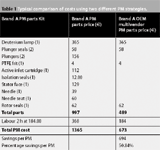
Table 1: Typical comparison of costs using two different PM strategies.
A cost comparison of the various options is illustrated in Table 1, which lists the typical parts included in an OEM's high performance liquid chromatography (HPLC) PM kit (illustrated as Brand "A") and their individual costs that add up to a total PM kit cost of approximately €1005. As this example shows, an OEM multivendor direct service provider using the 'inspect and replace' methodology can offer significant cost savings to a laboratory, with little increase in risk. Savings of 50.84% per PM are achieved by reducing both parts and labour. Figure 1 illustrates the potential cost savings across multiple instruments.

Figure 1: Potential cost savings across multiple instruments.
A second example (Table 2 and Figure 2) demonstrates the cost savings enjoyed using three options for a different OEM's HPLC PM (illustrated as Brand 'Z'). In this example, the amount spent on parts and labour is reduced using two methods. Consequently, the total savings for PM are 45.31% for OEM parts and 55.21% for second source parts.
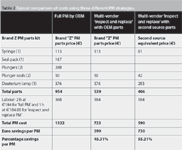
Table 2: Typical comparison of costs using three different PM strategies.
Frequency. The fourth variable is determining the frequency of PM. Many laboratories simply accept the OEM's recommendation, which may be based upon replacing the part with the lowest mean time between failure (MTBF) rate. As parts wear at different rates, some are likely to still be well within specification. These recommendations may also be based on the maximum usage rate for the instrument, while the actual usage may be significantly below this.

Figure 2: Potential cost savings across multiple instruments.
Regulated laboratories typically use calendar-based schedules following OEM recommendations that are incorporated into laboratory policies and standard operating procedures (SOPs). These schedules hinder more realistic performance-based programmes because of the effort required in the revision of controlled documents and the fear that the changes might be challenged. However, regulatory requirements defer to SOPs so that defensible, data-based schedules that reduce unnecessary PM can offer a substantial cost advantage that is usually worth the effort of revision.
Scheduling. The fifth variable is determining PM scheduling. For in-house or on-site service technicians, this is usually not an issue, but for the other options it can significantly increase the cost if not properly managed. Each service call may include travel expenses and minimum charges so it is beneficial to minimize the number and frequency of appointments. It is common practice to group equipment for a particular vendor so that multiple PMs can be completed in one visit.
For a laboratory with many instruments, simply scheduling and tracking PM requires a lot of time that diverts resources from the core scientific function. Commercial options are available to expertly manage these ancillary tasks to relieve the laboratory manager of this burden at a lower cost. Some are full service providers offering all of the management options mentioned previously, while others offer only the OEM or ISO options.
Reporting. The sixth variable is compliant documentation and reporting. Quality standards such as ISO 17025 and GLP designate that specific data are captured and recorded during any maintenance or calibration procedure. An example of the requirement for GLP is given in the sidebar "Example of GLP PM requirements." The client expectation is that the service provider will always generate the correct documents in the proper form to meet the requirements of the standard. However, this confidence is not always warranted because the quality of these documents can vary greatly depending on the expertise of the provider and, thus, random internal audits of the records are always recommended. Some service providers also offer value-added reports on their performance in meeting maintenance requirements, reliability data for each instrument, inventory reports and repair history to give the client confidence that their equipment is being properly maintained.
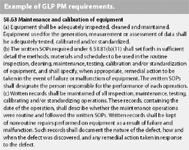
Example of GLP PM requirements.
Conclusions
PM is intended to manage risk, reduce corrective repairs and prolong the life of instruments and equipment. Unfortunately, many programmes were established by arbitrary decisions rather than rational data so that, not only are these objectives unmet, but a significant portion of the budget is wasted.
Using a trusted partner to design and manage this function utilizing the optimum combination of OEM service contracts, certified competent multivendor service engineers, an 'inspect and replace' methodology, and the quality sourcing of secondary source parts is a new approach that can save time and money. This means laboratory staff can concentrate on the science and the budget can be put to more productive uses.
Wayne Collins managed the laboratories of Solvay Polymers in Deer Park, Texas for 24 years prior to consulting with Thermo Fisher Scientific on laboratory services. Experiences with Solvay in adopting and implementing quality principles as part of a change process have been chronicled in more than 35 journal articles on laboratory management and in numerous conference presentations. Dr. Collins served as the President of ALMA for the year 2000, writes and publishes the ALMA e-News, is the current Editor of Managing the Modern Laboratory, is a member of the editorial board of Lab Manager Magazine, and has conducted laboratory management workshops in the US and Europe.www.thermo.com/ams
References
1. J. Moubray, Reliability Centered Maintenance, 2nd Edition (Industrial Press, Inc., New York, NY, USA, 1997).
2. Federal Standard 1037C; MIL-STD-188, Department of Defense Dictionary of Military and Associated Terms.
3. L.W. Collins, Am. Lab., 38(3), 20–23 (2006).
4. R. Smith, 24X7, September, 35–38 (2006).
5. S. Davis, A. Terrell and B. Dunscombe, Lab Manager Magazine, 2(1), 18–21 (2007).
Newsletter
Get the essential updates shaping the future of pharma manufacturing and compliance—subscribe today to Pharmaceutical Technology and never miss a breakthrough.

